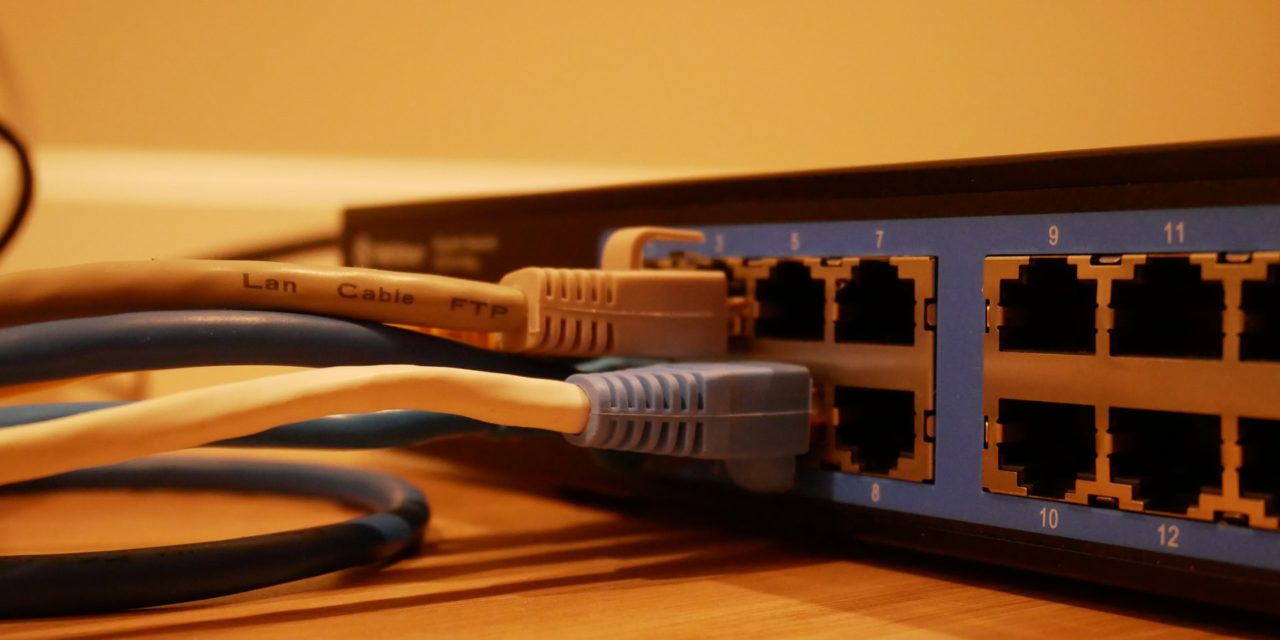[ad_1]
How to secure your Wi-Fi network?
Most wireless router you bought might have an installation CD by vendor, and the CD will walked you through setting up security on your router in a step by step guide or wizard. Probably you will never have to or by the way need to use it.
Actually I never install those CD because I find these programs cumbersome and my main reason is to avoid having multiple management applications which has nothing to do with my network.
So, my suggestion here's how to set up security on your router without using a custom application.
STEP 1 > Open a new browser.
STEP 2> you may now type in the IP address of the router in your browser. The step here is where you could access to management system of your router. Due to different vendors, you need to lookup on your router's manual for the IP address (Usually its 192.168.0.1, 196.168.1.1 or 10.10.0.1 or something similar to those matches) and the default password for the router. Please bear in mind that every brand of router's management GUI (Graphical User Interface) is different, I can't show you every brand as I only have one brand here to work with, so I will just direct you towards those areas which you need to configure. Please take it easy and it's not complicated, however you might need a bit of time to trial and error on your side. Try exploring around and find the appropriate section to manage. It's usually quite simple.
STEP 3> You should never forget this step to set a new administrator password. It's always a good first step to start with to prevent you from forgotten it later on. The step to set here is often not located in Security section; you will need to take a look at Utilities, System Settings or User Management area. Find it and change the password immediately for any user account which is available.
STEP 4> Enable wireless security. To turn on your encryption, look under Wireless Security or equivalent tagged. The step over here will need you to either use WPA or WPA-PSK, this will only appropriate if devices on your network supported it. Otherwise you will need to use 128-bit WEP (refer to picture above). For WPA or WPA-PSK, you'd have to type in your passphrase/password, else for WEP you'd need to hit the generate key. Please note that you will need to write down your passphrase/password into a piece of paper or copy it to notepad application and transfer to a thumb drive, so that you can type/copy that password into your client machines.
STEP 5> Change your SSID. You shouldn't make your SSID sound like “hack me”, this will probably be a default SSID, normally those did not configured their SSID will have their router name such as “linksys”, “belkin”, “aztech” or “dlink”. Try changing it to something menacing which will be a threat for them to connect. Example likes “virusgeek”, “iamvirus”, “virusspreader” or “hackingyou”. Probably you can think of something better than this. Remember you'll need this SSID when you browse through available wireless networks from your client machines. You'll find this setting under a menu called Channel or SSID.
STEP 6> Save your configuration by hitting “Apply Changes” or “Save Changes” or “Save Settings”. You will need to save every change you make to the router in order to take effect. Probably you must reboot your router multiple times during this procedure to be safe and secure.
Congratulation! You've covered the basics setting for you Wi-Fi network. If you would like to continue advanced up your wireless security, please go ahead and I think they're more techie. If you are lost or paranoid, you could just turn off your SSID broadcasting. (Disabling SSID broadcasting will need you to manually type in the network name as it won't show up in windows wireless network scan.) or alternatively you can turn on MAC address filtering which will only allow limits access to your network with a list of clients you specifically approve.

